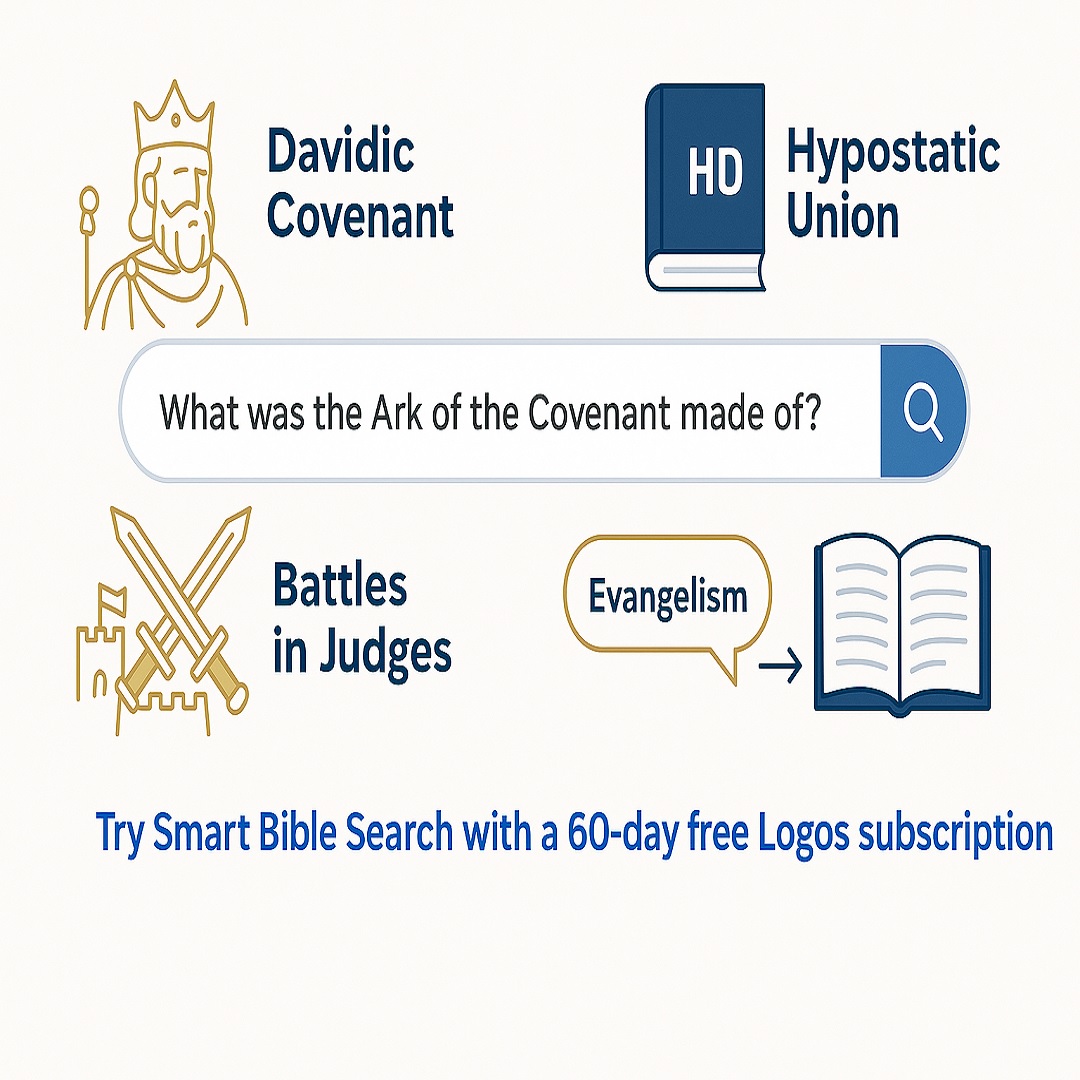Reconciling Finney and Orr: A Balanced View of Revival
Two Revivalists with Different Emphases
Charles G. Finney and J. Edwin Orr both devoted their lives to promoting revival, but the Finney Orr Revival Views differed significantly. Finney believed revival followed natural, spiritual laws. If the church fulfilled certain conditions, revival would happen. He taught that revival was the expected result of obedient action.
Orr, on the other hand, stressed God’s sovereignty. He believed revival was a divine act, not something humans could engineer. Though both men valued prayer and holiness, their theological foundations shaped their approaches differently.
Understanding Finney Orr Revival Views helps clarify how revival may involve both human responsibility and divine initiative.
Finney: Revival as a Moral Result
In his classic work Lectures on Revivals of Religion (1835), Finney argued that revival was not miraculous but predictable. He stated:
“A revival is not a miracle. It is a purely philosophical result of the right use of the constituted means.”
Finney believed that God had ordained spiritual laws just as He had physical ones. If Christians prayed, preached boldly, and removed sin, revival would follow. He introduced practical methods like the “anxious bench” and protracted meetings to produce results.
For Finney, revival came when the church used the right means in faith and sincerity. He had confidence in the human capacity to respond to God.
Orr: Revival as a Sovereign Work
J. Edwin Orr, a historian and evangelist, devoted his ministry to studying revival movements across centuries. He saw clear patterns in history, and one truth stood out: revival always followed prayer. In his article “Prayer and Revival“, he wrote:
“History is silent about revivals that did not begin with united prayer.”
Orr did not deny human effort. However, he believed revival was God’s initiative. It could not be produced through techniques or controlled by method. Instead, it came when God responded to the humble cries of His people.
In Orr’s view, prayer was not a formula, but a surrender. The church did not create revival; it prepared for it.
Prayer: The Meeting Point of Both Views
Both Finney and Orr emphasized prayer, though they framed it differently. Finney considered it a “means” to an end. Orr viewed it as the church’s posture before God.
Finney said:
“A revival may be expected when Christians have a spirit of prayer.”
Orr agreed entirely but warned against viewing prayer as a technique to guarantee revival. For him, prayer expressed desperation and dependence. It invited God to act freely and fully.
Here, Finney Orr Revival Views converge. Both saw prayer as essential. Without prayer, revival remained out of reach. With prayer, the church opened itself to the power and presence of God.
Obedience and Holiness in Revival
Finney believed revival required moral preparation. He called Christians to confess sin, break off compromise, and seek the lost. His evangelistic campaigns aimed at immediate change. He believed that when people obeyed, revival would result.
Orr agreed with the need for repentance. He documented how past revivals always included deep conviction and moral cleansing. However, he saw these as responses to God’s presence rather than prerequisites that guaranteed it.
For Orr, holiness was fruit more than formula. Revival revealed sin and led to transformation. Finney, however, taught that purity helped unlock revival.
This difference lies in cause versus effect. Yet both men believed holiness was non-negotiable in a revived church.
Historical Reflection Versus Immediate Practice
Finney worked in real-time. His ministry focused on action, urgency, and results. He believed that the church had the power to spark revival now. If believers repented, preached, and prayed, God would respond.
Orr spent much of his life researching past awakenings. He gathered testimonies, statistics, and spiritual patterns. His work, such as The Flaming Tongue, offers a thorough record of 20th-century revivals.
While Finney created revival strategies, Orr studied revival outcomes. Finney acted with boldness; Orr taught with reflection. Yet both had the same desire: to see the church alive and the world reached.
Sovereignty and Responsibility Can Work Together
At first glance, Finney’s confidence in human means and Orr’s trust in divine sovereignty seem irreconcilable. Yet they highlight two sides of the same truth.
God is sovereign. He chooses the time and manner of revival. But He works through people. He calls the church to pray, to repent, to obey, and to preach.
Finney may have leaned too far into human ability. Orr may have appeared passive to those seeking quicker results. Yet both believed the church must act in faith and humility.
Finney’s methods energized believers. Orr’s studies reminded them of dependence. Together, they call the church to work—and wait—in hope.
Shared Legacy Despite Theological Differences
Orr deeply admired Finney, even while holding to different theological views. In his later lectures, he said Finney mobilized the church and helped shape a generation. He appreciated Finney’s impact, even if he approached revival from a different angle.
Finney and Orr both stirred the church. They believed revival was normal, not rare. They believed revival transformed lives and societies. They believed the Holy Spirit still moves when the church seeks God earnestly.
This shared legacy offers hope for today. Churches can pray like Orr and preach like Finney. Revival does not belong to one theological camp.
Why This Conversation Still Matters
Understanding Finney Orr Revival Views can help believers today avoid extremes. Some rely too heavily on methods. Others wait passively for a divine breakthrough.
By listening to both men, churches learn to pray fervently, act boldly, and remain surrendered. Finney’s urgency prevents apathy. Orr’s reverence prevents pride.
If the church embraces both perspectives, it can pursue revival with humility and hope. Past awakenings remind us that God still responds to prepared people.
Further Reading
* Charles G. Finney, Lectures on Revivals of Religion
* J. Edwin Orr, Article Archive and Recordings
* Orr, The Flaming Tongue (Archive.org)
These sources offer rich insights into the theology, history, and power of revival. By learning from both voices, we gain a fuller understanding of how God revives His people.


 Search The Bible the way you have always wanted to.
Search The Bible the way you have always wanted to.

 The most complete Bible study Platform. Start you Free trial Now!
The most complete Bible study Platform. Start you Free trial Now!


